𝑯𝒐𝒘 𝒕𝒐 𝑰𝒎𝒑𝒐𝒓𝒕 𝒂 𝑱𝑫𝑴 𝑪𝒂𝒓 𝒕𝒐 𝒕𝒉𝒆 𝑼.𝑺. 𝑳𝒆𝒈𝒂𝒍𝒍𝒚
How to Import a JDM Car to the U.S. Legally: The Complete Guide for Enthusiasts
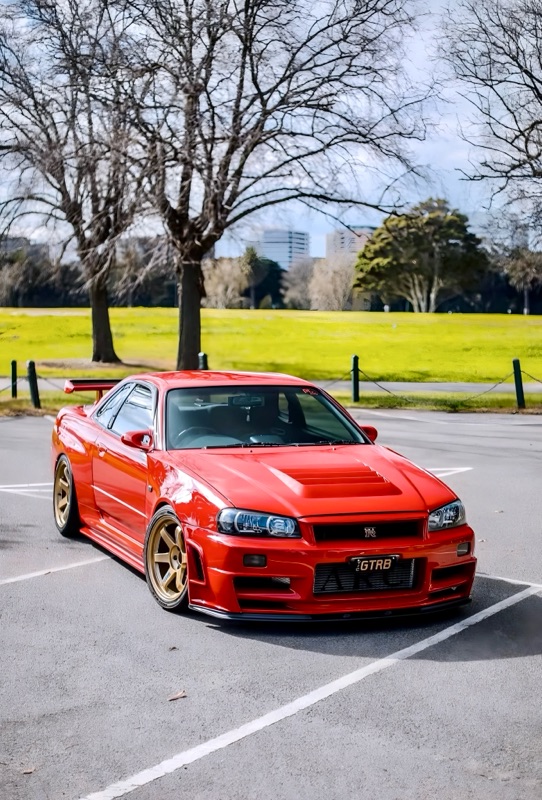
For many car lovers, owning a JDM (Japanese Domestic Market) car is a dream. Whether it’s a Nissan Skyline GT-R, a Toyota Chaser, or a classic Mazda RX-7 FC3S, these iconic machines bring a unique mix of style, engineering, and heritage. But importing a JDM car into the United States can feel like navigating a maze of red tape.
This guide breaks down how to import a JDM car legally into the U.S., step by step — so you can drive your dream without drama.
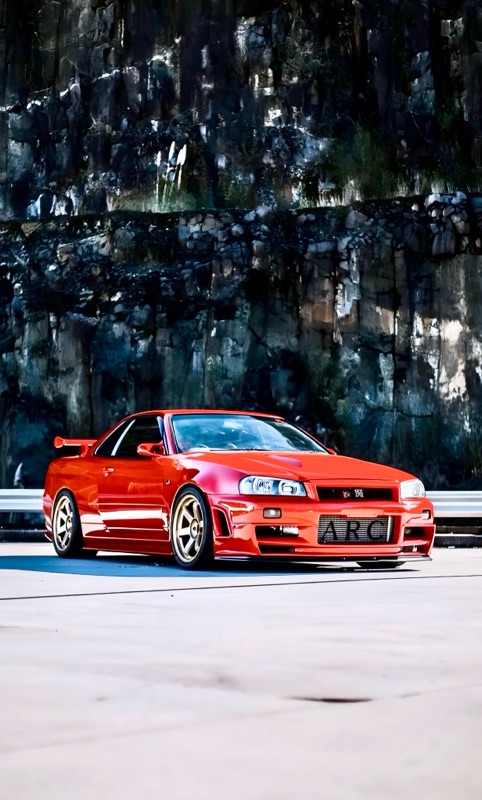
1. Understand the 25-Year Import Rule
The most important rule to know is the 25-Year Rule, enforced by the NHTSA (National Highway Traffic Safety Administration). This law allows any vehicle 25 years or older to be imported into the U.S. without needing to meet FMVSS (Federal Motor Vehicle Safety Standards).
Key point:
- The vehicle’s production date must be 25 years prior to the month of import.
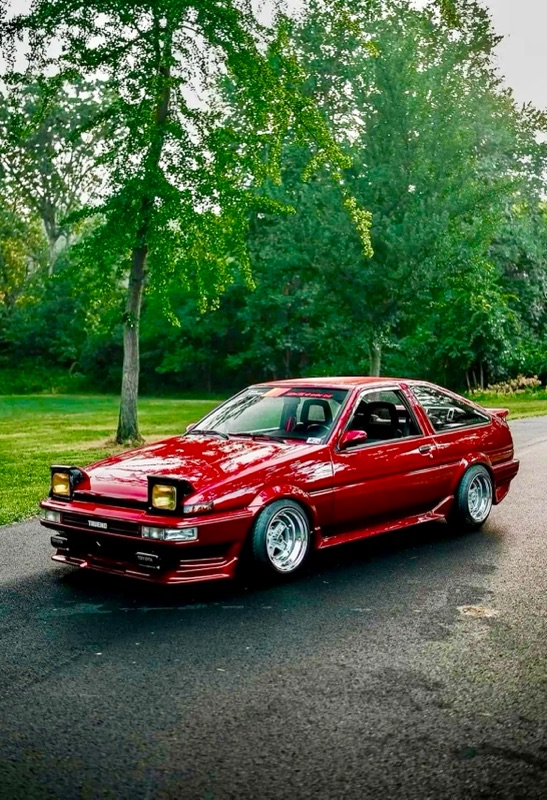
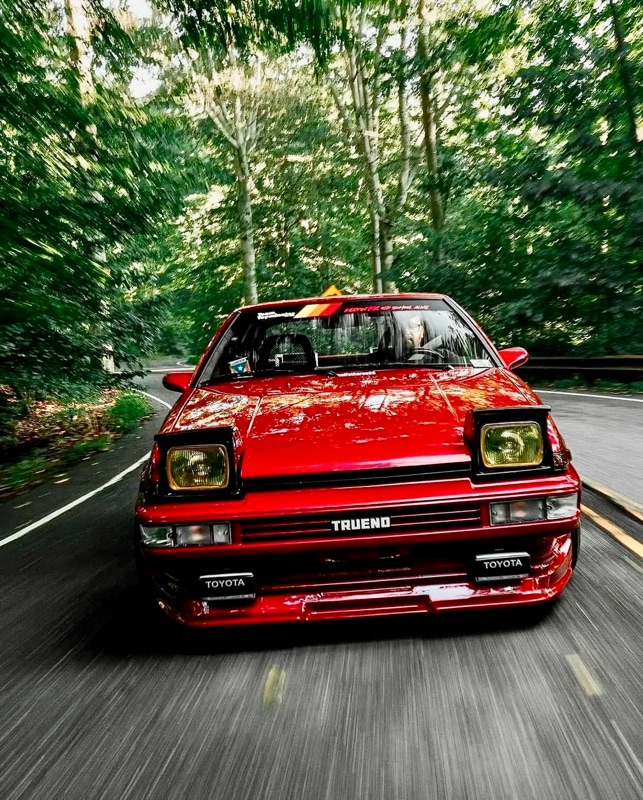
Example:
If you’re importing a 1999 Nissan Silvia S15, you’ll have to wait until 2024 (if manufactured in January 1999).
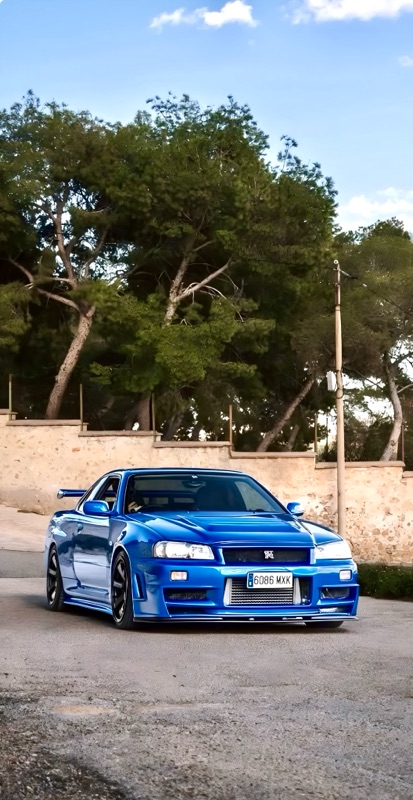
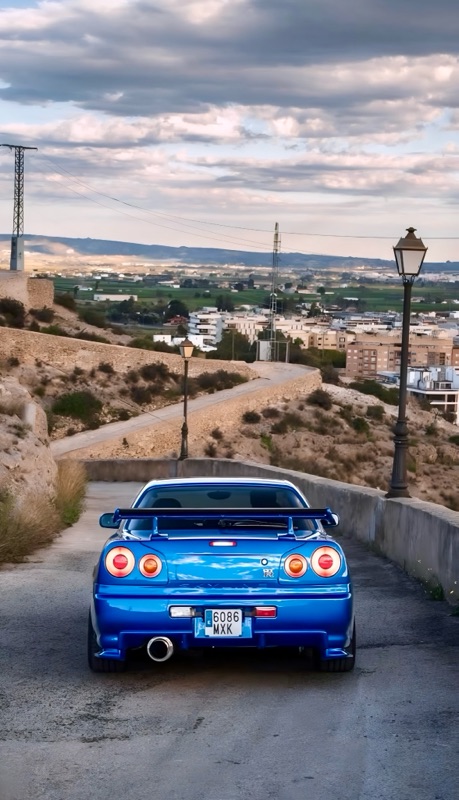
2. Choose the Right JDM Vehicle
Some of the most popular JDM imports include:
- Nissan Skyline R32, R33
- Mazda RX-7 FC3S and FD3S
- Toyota Supra (JZA70, JZA80)
- Honda Civic Type R (EK9)
- Toyota Chaser JZX90/JZX100
- Subaru Impreza WRX STI (GC8)
Be sure the vehicle is:
- Stock or mostly original
- Well-documented (service records, auction sheets)
- Not on any prohibited import lists


3. Find a Trusted Exporter in Japan
Work with a reputable Japanese exporter or importer who specializes in JDM cars. Look for:
- Verified customer reviews
- Clear pricing (including shipping and fees)
- Access to Japanese auto auctions (USS, TAA, etc.)
- Help with inspection and paperwork
Popular exporters include:
- Japan Partner
- JDM Expo
- Pacific Coast Auto
- Brave Auto
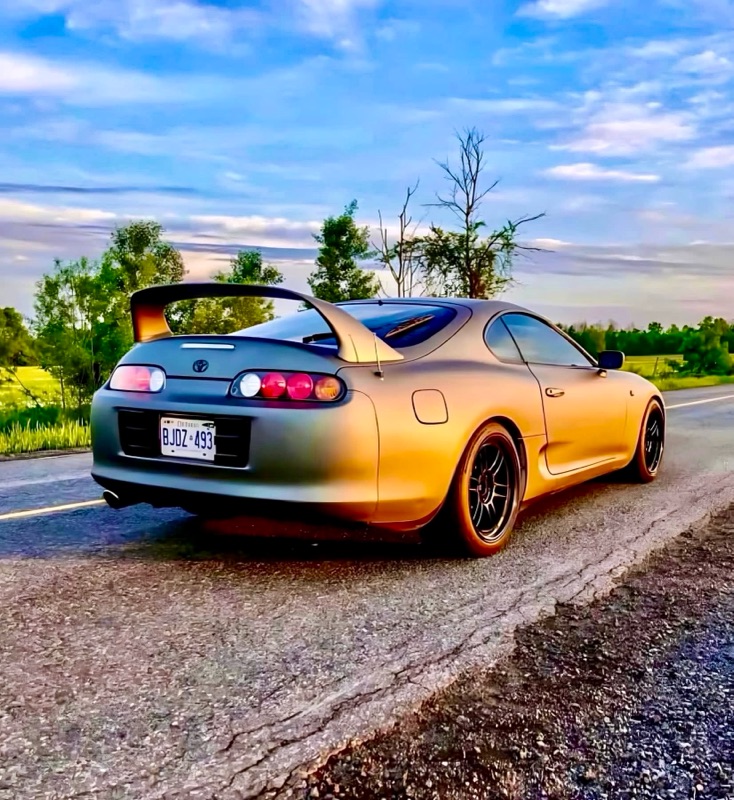
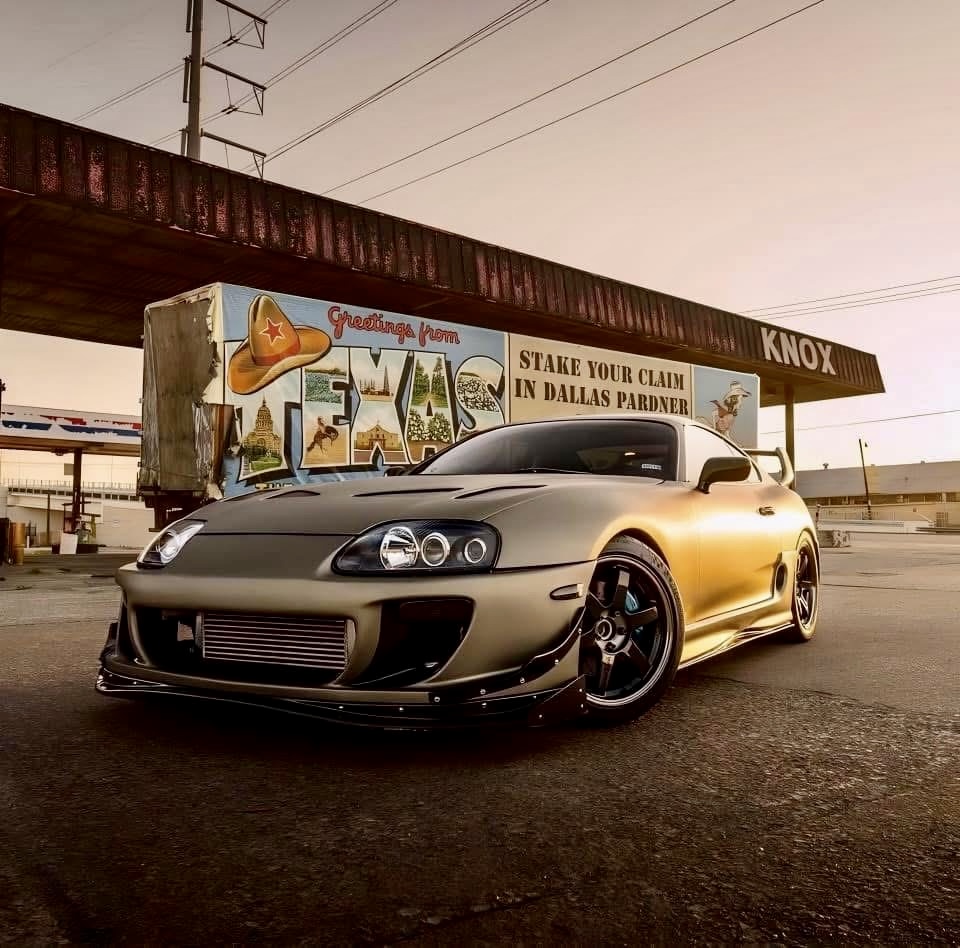
4. Shipping the Car to the U.S.
Once you buy your car, it’ll be shipped via RoRo (Roll-on/Roll-off) or container shipping. Most use container shipping for high-value cars.
Average costs:
- $1,000–$2,500 depending on the port and shipping method
U.S. ports that handle JDM imports:
- Long Beach, CA
- Seattle, WA
- Baltimore, MD
- Houston, TX
5. Prepare the Required Documents
You’ll need:
- Bill of Lading (from the shipper)
- Export Certificate / Title
- EPA Form 3520-1
- DOT Form HS-7
- Customs Entry Summary (CBP Form 7501)
- Translation of documents (if needed)
Your broker or importer often handles most of this.
6. U.S. Customs Clearance and Fees
Once your car arrives, it must clear U.S. Customs and Border Protection (CBP).
You’ll pay:
- 2.5% import duty (cars)
- 25% for trucks
- No duty for motorcycles
7. Register and Insure Your JDM Car
After clearing customs, you can:
- Get your state title and registration
- Pass any local safety or emissions checks
- Obtain classic car insurance (Hagerty, Grundy, etc.)
Some states are more import-friendly than others. California is the strictest, often requiring BAR certification for smog compliance — which can be expensive and difficult. Enthusiasts in Florida, Texas, and Washington have a much easier time.
8. Stay Legal: Avoid “Title Washing” or VIN Swaps
There are illegal ways to bring in JDM cars — such as VIN swapping, gray-market title conversions, or misrepresenting vehicle age. These methods can result in federal seizures and even criminal charges.
Always follow the 25-Year Rule and work with legit importers.
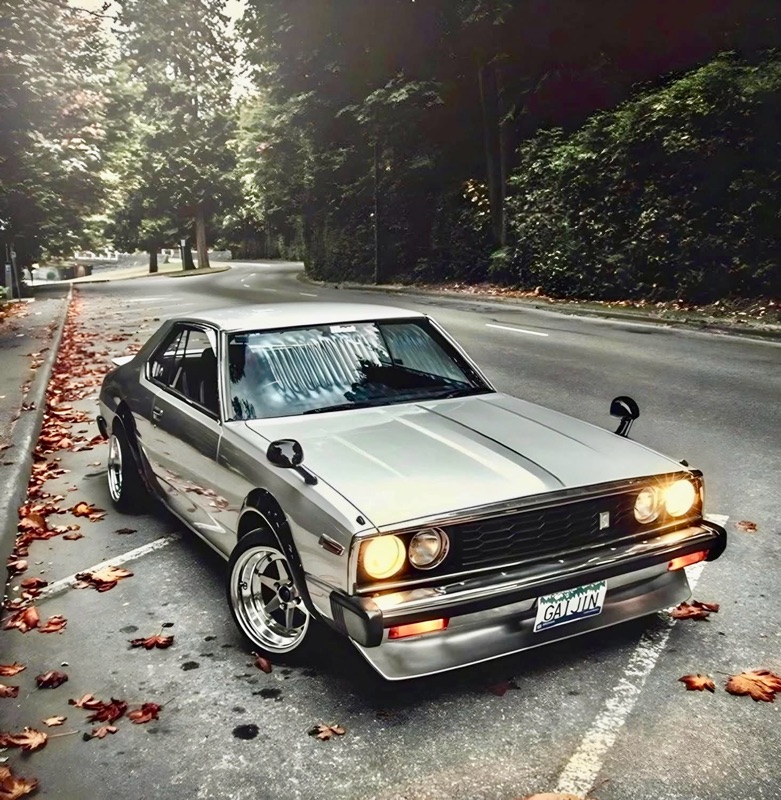
Final Thoughts: Is Importing a JDM Car Worth It?
Absolutely — if done right. There’s something special about driving a car few others on U.S. roads will ever experience. From right-hand-drive quirks to raw engine soundtracks, JDM cars are more than just vehicles — they’re pieces of living automotive culture.
And with careful planning, the dream is completely legal and achievable.
Comments
Post a Comment